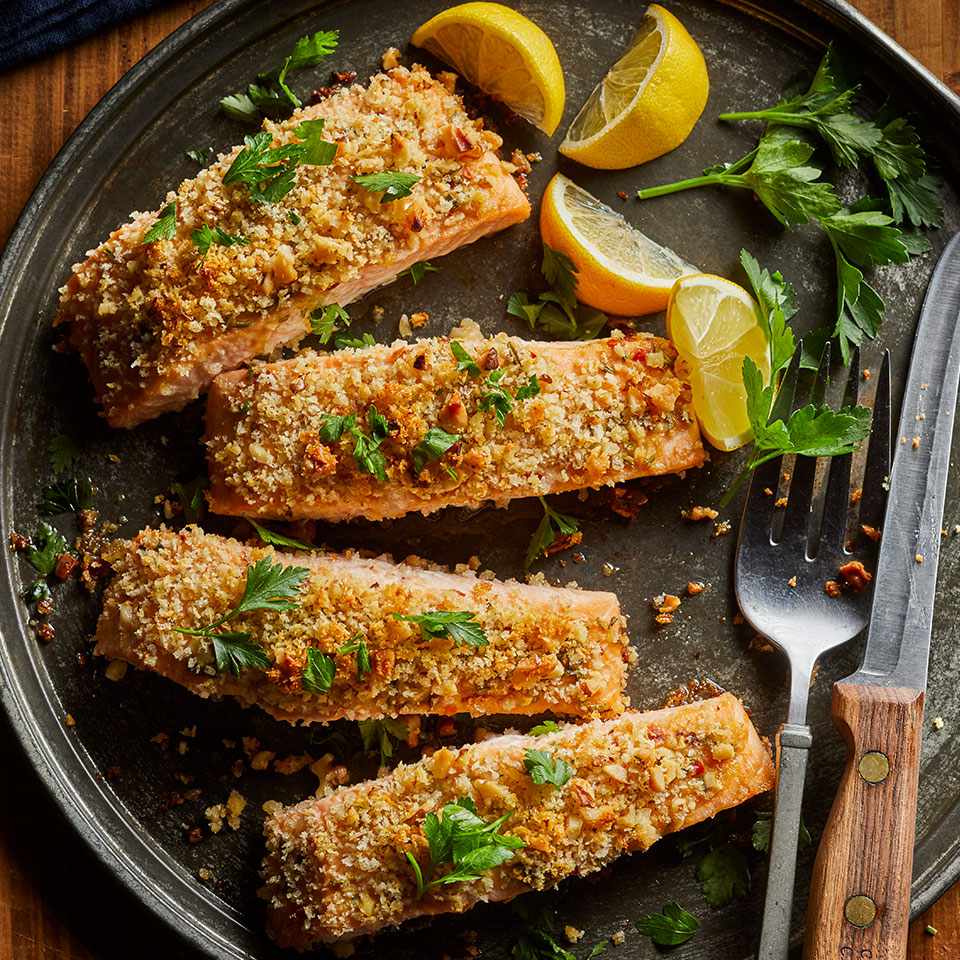Should You Try The Green Mediterranean Diet
There are so many different healthy diet options out there, it can be hard to determine which one to choose. The Green Mediterranean Diet is a newer eating plan getting attention recently. A new study published in the medical journal GUT showed very promising results by following the Green Mediterranean Diet. In this study, it was shown that non alcoholic fatty liver disease was decreased by half when folloiwng this diet protocol, incorporating exercise as well. In the medical jounal BMJ it was shown that those participants that followed the Green Mediterranean Diet reduced their visceral fat (abdominal fat that accumulates and encases internal organs such as the liver , kidneys and pancreas) by 14%, twice as much as those that consumed a standard Mediterranean diet, which did reduce visceral fat by 7%. and those consuming a regular healthy diet reduced visceral fat by 4.5%. Some of the potential other benefits of The Green Mediterranean include: Reduced risk of disease such as heart disease and diabetes, depression and cognitive decline. The biggest difference between the two diets is the Green Mediterranean diet eliminates red meat and focuses on polyphenols. So what are the real difference between the standard Mediterranean diet and the Green Mediterranean diet?
The Green Mediterranean Diet:
- Has more structure and specific set calories, protein and specific foods to consume
- Does not allow any red meat or processed meats, focusing more on plant proteins
- Does not allow for alcohol
- Consume 6-8 walnuts a day
- 3-4 cups of green tea a day
- Mankai duckweed ( a green plant from Southeast Asia that is high in polyphenols and protein) daily which can be put in a smoothie.
- Higher in polyphenols, organic compounds found in plants that play a vital role in health through the regulation of metabolism, weight, chronic disease and cell proliferation. The most specific being the walnuts, green tea and duckweed. Other sources of foods high in polyphenols include: olives, nuts, berries, artichokes, dark chocolate, spinach, flax mealand avocado.
The Standard Mediterranean Diet
- Allows red meat on occasion, fish and poultry
- Has no set calories, or protein
- Does not provide directives regarding specific foods
- Allows for red wine
The Green Mediterranean diet is a plant based diet including fruits, vegetables, nuts, legumes and whole grains. You can start slow if you are unable to go competely meat free. The most important thing to focus on are foods rich in polyphenols, especially walnuts, green tea and duckweed. A healthy lifestyle including exercise, good quality sleep and a healthy diet help to reduce risk of disease. What is significant about the Green Mediterranean diet is the loss of visceral fat. Everyone knows it cn be difficult to get rid of stubborn belly fat, and we cannot spot reduce, but this plan can possibly assist with the belly buldge as well as overall health. If you are still not sure what healthy eating plan is right for you, reach out to your physician or dietitian.
Walnut-Rosemary Crusted Salmon
Salmon and walnuts are both great sources of omega-3 fatty acids. Pair this easy salmon recipe with a simple salad and a side of roasted potatoes or quinoa.




